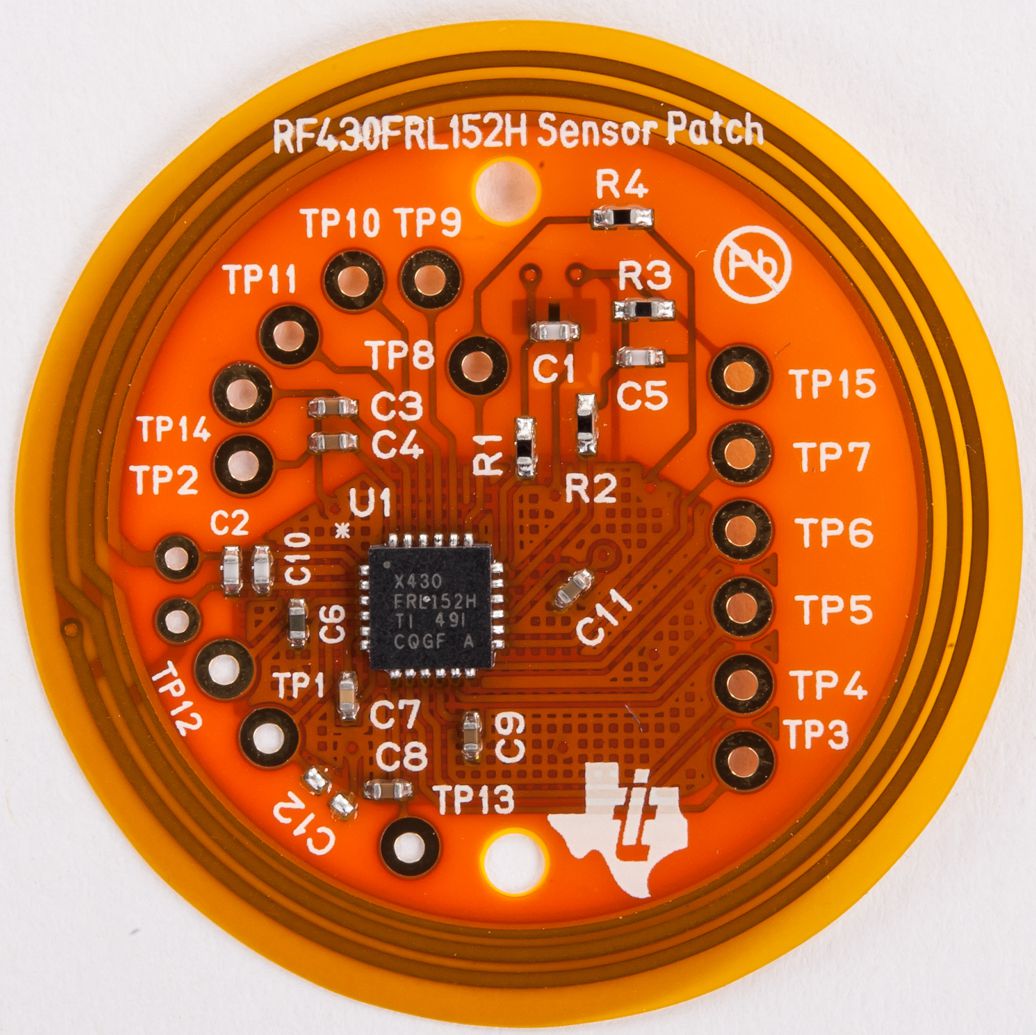SLOA212A December 2014 – February 2016 RF430FRL152H
Battery-Less NFC/RFID Temperature Sensing Patch
NFC/RFID enables communication with transponders. The transponders include memory that can store various information including URLs, Bluetooth® connection handover, contact information, diagnostics, and now sensor measurement data. Battery-less sensor measurements that utilize energy harvesting from the RF field can be implemented in applications ranging from medical, health and fitness, and industrial where instantaneous measurements are required and a battery is not feasible or desired. This application report discusses the implementation of a single chip NFC/RFID field powered temperature sensor system with the RF430FRL152H.
Project collateral discussed in this application report can be downloaded from www.ti.com/lit/zip/sloc322.
